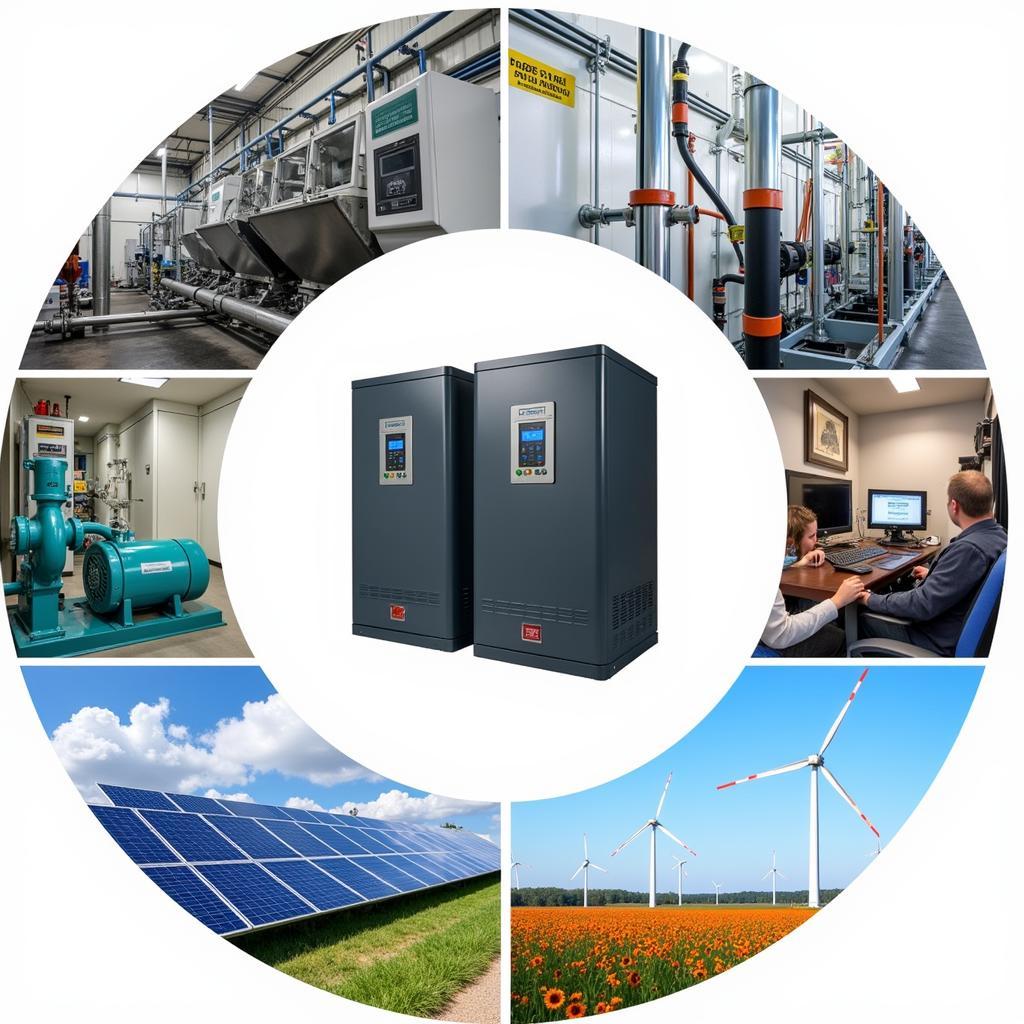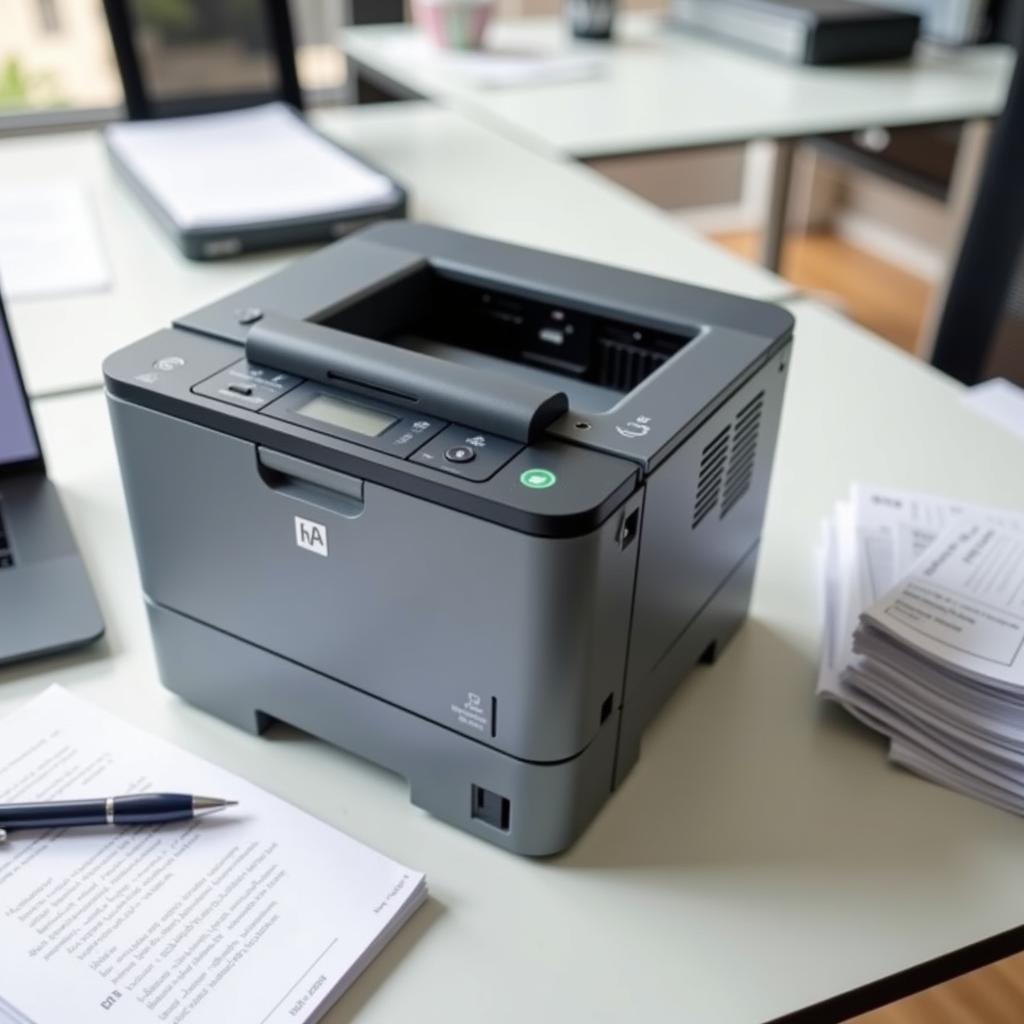“Thang máy” – a word familiar to Vietnamese ears, conjuring images of sleek cabins gliding through buildings. But how do you say “thang máy” in English? The answer is “elevator”. This guide dives into the world of “elevators”, exploring its various aspects and providing you with a comprehensive understanding of this essential mode of vertical transportation.
Delving into the World of Elevators
Elevators, those marvels of engineering that effortlessly transport us between floors, are ubiquitous in modern architecture. But have you ever stopped to ponder the intricacies of these vertical conveyances? From the mechanics that power their smooth ascent and descent to the safety features that ensure passenger well-being, elevators are a testament to human ingenuity.
Unraveling the Terminology: Key Elevator Terms Explained
Navigating the world of elevators requires familiarity with specific terms. Let’s decode some common ones:
- Car: The passenger compartment of the elevator.
- Hoistway: The vertical shaft that houses the elevator car.
- Counterweight: A heavy weight that balances the car, making it easier to lift.
- Control System: The brains of the elevator, managing its movement and functions.
Types of Elevators: A Glimpse into the Variety
Elevators come in various types, each tailored to specific needs:
- Passenger Elevators: The most common type, designed for transporting people.
- Freight Elevators: Built for carrying heavy loads, often found in industrial settings.
- Service Elevators: Smaller elevators used for transporting goods and supplies.
Safety First: Ensuring a Secure Ride
Elevator safety is paramount. Modern elevators are equipped with numerous safety features:
- Brakes: Automatically engage if the elevator’s speed exceeds a safe limit.
- Emergency Lights: Illuminate the car in case of a power outage.
- Alarm System: Allows passengers to call for help in an emergency.
The Evolution of Elevators: From Ancient Origins to Modern Marvels
The concept of vertical transportation dates back centuries. Ancient civilizations employed rudimentary lifts for construction and water transportation. The invention of the modern elevator in the 19th century revolutionized building design, paving the way for skyscrapers and transforming urban landscapes.
Elevators in Popular Culture: Beyond Functionality
Elevators have transcended their utilitarian purpose to become cultural icons. From thrilling action sequences in movies to awkward encounters in sitcoms, elevators often serve as settings for memorable cinematic moments.
Conclusion: Appreciating the Significance of Elevators
Elevators, often taken for granted, play a vital role in our daily lives. They facilitate accessibility, enhance convenience, and shape the skylines of our cities. Next time you step into an elevator, take a moment to appreciate the engineering ingenuity that makes your vertical journey possible.
FAQs: Answering Your Elevator Queries
1. What is the maximum weight capacity of a typical passenger elevator?
The weight capacity varies, but most passenger elevators can safely carry around 2,500 to 4,000 pounds.
2. How fast do elevators travel?
Elevator speeds differ based on building height and type. Standard passenger elevators typically travel between 200 to 500 feet per minute.
3. What happens if an elevator loses power?
Elevators have multiple safety systems in place. In case of a power outage, brakes automatically engage, and emergency lights illuminate the car. Passengers can use the alarm system to call for assistance.
4. How often do elevators require maintenance?
Regular maintenance is crucial for elevator safety and performance. Elevators should undergo routine inspections and maintenance by qualified technicians at least once a year, or more frequently depending on usage and local regulations.
5. What are some energy-saving features in modern elevators?
Many modern elevators incorporate energy-efficient technologies, such as regenerative drives that capture energy during descent and LED lighting that consumes less power.
Need Help with Your Appliances?
Looking for expert assistance with your household appliances? Check out our services:
- Sửa máy điều hòa tại đà nẵng: Expert air conditioner repair in Da Nang.
- Sửa máy nước nóng năng lượng mặt trời gò vấp: Reliable solar water heater repair in Go Vap.
- Máy giặt aqua của nước nào: Discover the origin and quality of Aqua washing machines.
For all your appliance needs, contact us at:
Phone Number: 0373298888
Email: [email protected]
Address: 86 Cầu Giấy, Hà Nội
Our dedicated customer support team is available 24/7 to assist you.


